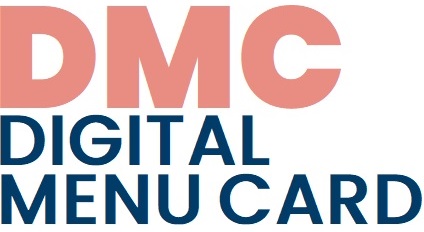- Accedi o registrati per poter commentare
The project method is a method based on the joint activities of teachers and students, which organizes the learning process as a series of projects. Students work in small groups.
Projects are complex problems and tasks that are mostly expected from the learner to solve problems of a practical nature. It can be linked to one or more subjects, and can usually be implemented with an interdisciplinary and interprofessional integrated solution.
Interdisciplinary, multidisciplinary topics need to be processed - it requires complex thinking. In vocational training, projects can also be launched in which students from several professions participate and work on a common topic. The final result of the project is one or more complex products. Students have a high degree of freedom and independence, as they are offered several methods, from which they choose the most appropriate tool / method for implementation.
Motivating factors of project-based teaching can be:
THE TOPIC, as the students choose the topic themselves, they will work on a topic that is of their interest and is also motivating in itself;
THE GROUP: Within the group, tasks and responsibilities are also distributed among the members of the group. If students find the right task for them, they will be motivated;
THE PRODUCT: students do not work for a mark, but create a product or create an event;
SOLVING THE TASK, ACTIVITY: it is rather a casual than traditional classroom activity, planned by themselves and involves their own activity;
RECOGNITION, EVALUATION: during the whole process of the project, recognition is important, even in the case of the fulfillment of the sub-goals. (This could be a verbal or written praise, or even a grade, other “gift,” such as a trip). Learners take part in the assessment (self-assessment, peer assessment) themselves.
The project enables a high degree of student autonomy, provides a way to integrate knowledge, get to know the world outside of school, build relationships, and acquire the skills necessary for democratic public life.
However, its implementation also encounters difficulties: it requires the breakdown of the curriculum framework, it makes iifficult to develop a theoretical system of knowledge, it is difficult to fit into the usual organizational forms and frameworks, it presupposes a new kind of teacher-student relationship.

Useful steps:
- Selection of goals and topics, brainstorming
- Planning phase: identification / selection of persons responsible, definition of work forms; development of evaluation methods / criteria
- Implementation - in group work, with teacher mentoring
- Project closing, evaluation - product presentation within the framework of a professional event, then a complex evaluation
